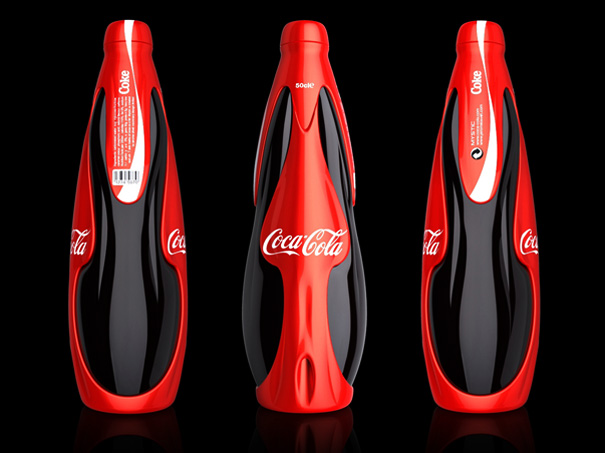How HBO Revolutionized Television
October 13, 2011 in Daily Bulletin

In Slate Peter Aspeden writes that HBO transformed television from something that was viewed as “the lowliest form of cultural consumption” into a premiere art form. In this article he discusses the attributes that helped HBO achieve this success and take in $4 billion along the way.
- The Larry Sanders Show was the tipping point for the network. Viewers realized that HBO was doing “something original and distinctive.”
- This and other shows attracted the creative community which soon learnt that their ideas would be given a fair chance on the network.
- All of this combines to create a commitment to quality and excellence in television programming that is the reason for HBO’s success.
Find out more about redefinition of television as well as which TV show is considered the “best televisions series ever made” over here.
Source: Slate









Join the Discussion! (No Signup Required)